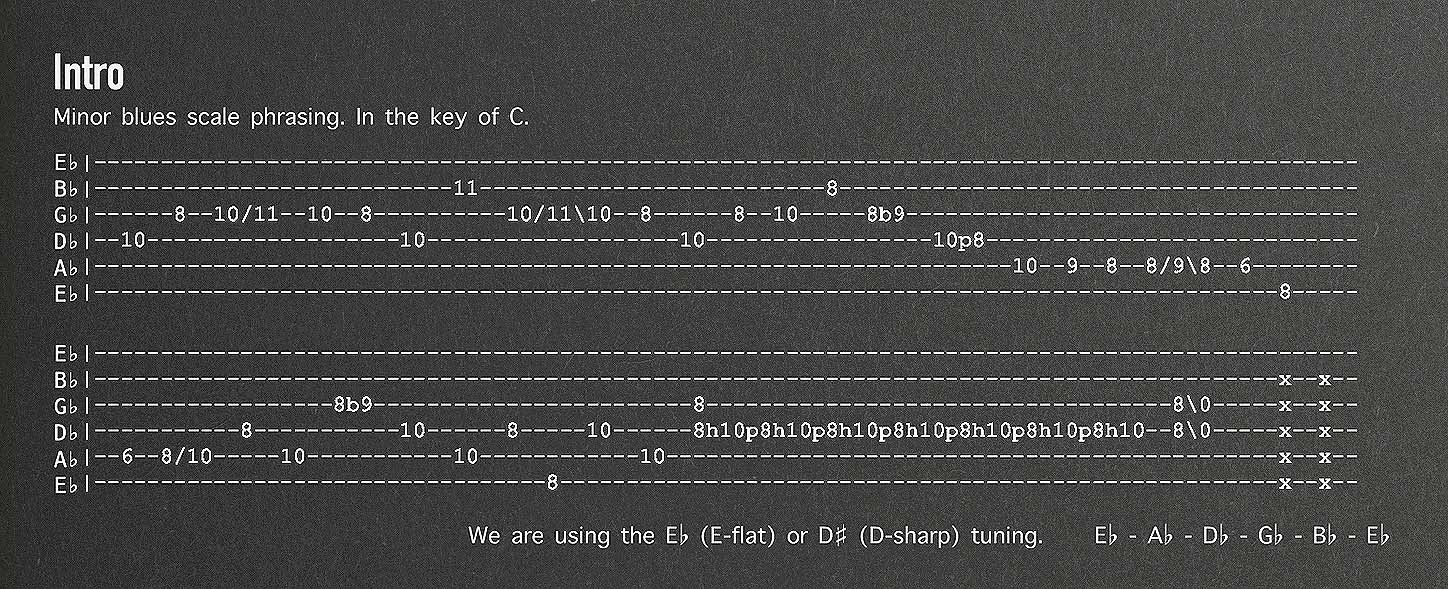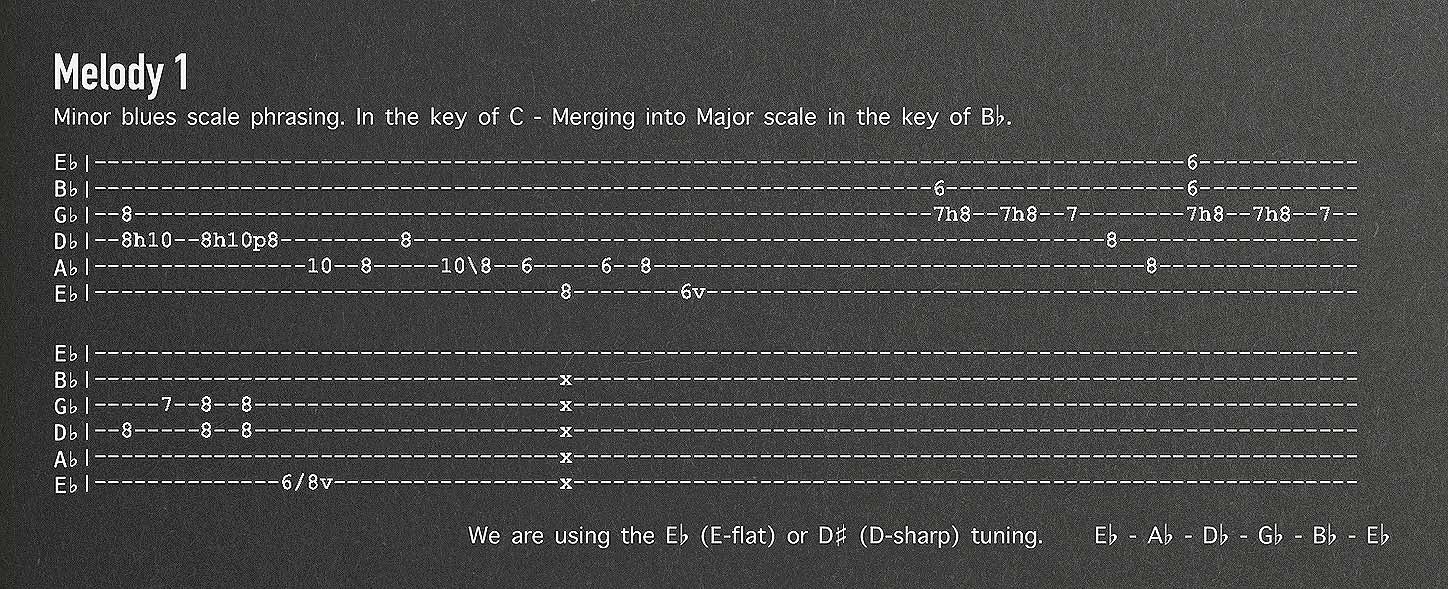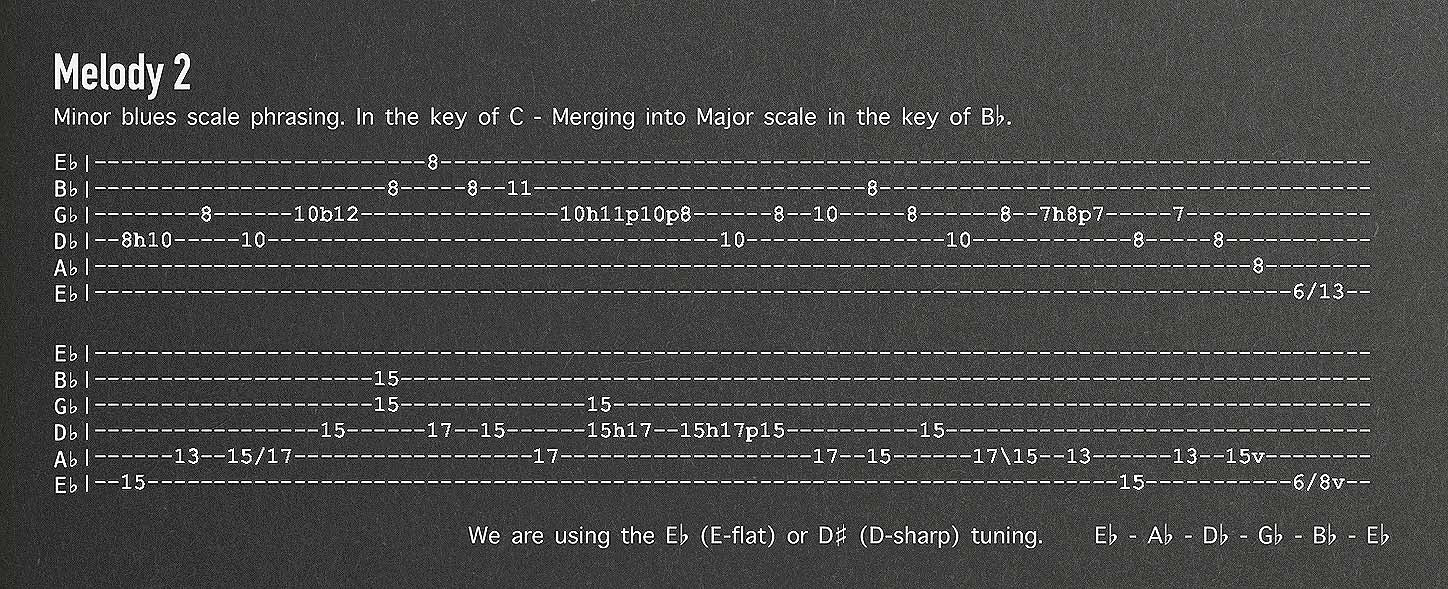Stevie Ray Vaughan 1954 - 1990
From Dallas, Texas, one of the most legendary guitar players in history, and one of the most influential blues guitarist in the world. His unique style and tone have inspired generations of musicians, including some of today’s biggest names like John Mayer, Gary Clark Jr., Eric Johnson, Joe Bonamassa, Kenny Wayne Shepherd and many more.
While Stevie Ray Vaughan’s guitar sound was quite distinctive and unique, it was not his guitar gear that made him become a guitar legend, as many would like to think.
Regardless of how many brilliant guitarists there are, these legends, like Stevie, continue to reign supreme in the music industry.
But how is this possible? you may ask, and that is a very good question. How does Stevie continue to be one of the most popular guitar players in the world? well, let’s find out.
Stevie Ray Vaughan's Distinctive Sound
When most guitarists want to play or sound like Stevie Ray Vaughan, I have noticed that the very first thing they do is try to figure out what gear he used, such as guitars, strings, amps, or effects. The reality is, with any guitar, any amp, or any other piece of equipment, Stevie was well-known for his distinct sound.
This has been one of the most difficult things I’ve ever had to teach my students since it appears too easy or simple to be true. It’s at this time that understanding a bit about psychology and human behavior can come in handy, so I try to explain everything in terms that might make more sense than the usual method of instruction.
Playing an instrument with passion and feeling is more difficult than it appears, technically speaking, especially when we’re just getting started. As we learn, we’re always thinking about every variation, every chord, and every note, so expressing ourselves on the instrument on top of that, isn’t that simple.











